Is anyone having deja vu?
Every time a new regulation is in force, companies, and seafarers inevitably wonder if this is the last major regulation that they have to worry about.
We have seen this before with Marpol Annex VI, ECDIS, EU MRV, and many others.
It’s a fair question to ask, though.
After all, everyone is managing regulations these days instead of managing ships.
While we may or may not be critical of new regulations each year the truth is we have to comply with these regulations.
And the first step to compliance is understanding the regulation inside out.
The regulation we will discuss today is “Ballast water management”.
Let us start.
Ballast water management convention?
In 1988, Canada and Australia raised the issue of invasive species brought to their waters through the discharge of ballast water by ships.
What could be the problem with these invasive species or with ballast water, one may ask.
The problem is highlighted in the below video by IMO.
The problem was real and IMO started the work to address this issue.
After more than 14 years of complex negotiations between the IMO Member States, the International Convention for the Control and Management of Ships’ Ballast Water and Sediments (BWM Convention) was adopted on 13 February 2004.
And after another 13 long years, the BWM Convention finally entered into force on 8 September 2017.
Application of ballast water management convention
So the first question is to which all ships this convention applies?
Well, the convention applies to all the ships of a state that has ratified the convention and that carry ballast.
There are few logical exemptions such as a ship that carries permanent ballast in sealed tanks on ships, that is not subject to discharge.
Ballast water convention does not apply to such ships.
Ballast water standards
Ballast water convention is all about pollution from ballast water from one location discharged into different ecology.
So it is obvious that ballast water management convention would require us to treat the ballast water in ways that it becomes less harmful or not harmful at all.
Ballast water management (BWM) convention provides two ways of doing that.
These methods are provided in section D of the ballast water management (BWM) convention.
Ballast water exchange standard (regulation D1)
The first standard is to replace the ballast water in mid sea.
This method is based on the fact that the invader species from coastal water cannot survive in deep waters and deep water species cannot survive in coastal waters.
When replacing the ballast water at deep sea, BWM convention regulation D1 requires that at least 95% of the ballast water need to be exchanged.
And there are two ways to do that.
The first method is to deballast at least 95% of the volume of ballast water from the tank and then re-fill it. This is called the “Sequential method or simply Pump-in, pump-out method)”.
For example, let us say we need to exchange the ballast water from a ballast tank that has 1000 m3 of ballast.
In this case, we need to deballast at least 950 m3 of ballast and then refill it.
Actually, we need to deballast as much as possible. 5% is just allowed for the unpumpable ballast.
The second method is to keep on ballasting the ballast tank and keep on overflowing the ballast water from ballast tank through air pipe or other openings of the ballast tank.
For the flow-through method, BWM convention regulation D1 requires to pump in 3 times of the ballast tank capacity to achieve 95% of the volumetric exchange.
Ballast water performance standard (Regulation D2)
The first ballast water standard is temporary and ultimately all ships need to arrive at ballast water performance standard (regulation D-2).
This second ballast water standard is more scientific in words.
It aims to control the number of actual species (in simpler word micro-organisms) that can be discharged.
If you are interested in knowing the numbers, here are the numbers as per the BWM conventions, regulation D-2.2.
And as you may have guessed it right, this can only be achieved by a Ballast water treatment system.
This system is fitted before the ballast overboard and it treats the ballast water to the required standards before the ballast water goes overboard.
Criteria for ballast water exchange (Regulation B-4)
To achieve ballast water standard as per regulation D-1, the vessel needs to exchange the ballast in the mid sea.
BWM convention regulation B-4 provides the criteria for deep sea where the ballast exchange need to be carried.
And as per regulation B-4, the ballast water exchange need to be carried at
- 200 Nautical miles from nearest land in a minimum water depth of 200 meters.
- Where above is not possible, then as far as practicable from the nearest land but not less than 50 NM from nearest land and in a minimum water depth of 200 meters
Regulation B-4.3 also clarifies that the ship need not deviate from the intended route for the purpose of complying with this requirement.
So then here is the million dollars question that everyone has.
What if distance or depth requirements are not met during the voyage, especially for a short voyage between two countries?
Well, the best way is to communicate with the agent to know the local requirements from the port authority.
For example, for the voyage from a Brazilian port to Argentina: the vessel would not comply with the requirements if the general route is followed.
But Argentinian port authorities have special instructions related to ballast water exchange for the vessels arriving from Brazilian ports.
Regulation D-1 or D-2: Which one applies to which ships?
Vessels need to either comply with regulation D-1 (Ballast exchange) or Regulation D-2 (Ballast water treatment system).
BWM convention regulation B-3 provides this information.
The original regulation B-3 was amended by MEPC circular to amend the compliance dates.
Below is the amended schedule for compliance with the D-2 regulation.
The above schedule may look confusing because the reference date is taken as the ballast water convention ratification date (08 Sept 2017).
But we can simplify it a bit. So in simple terms, as per the revised regulation B-3
- New ships (built on or after 08 Sept 2017) must meet D-2 standards.
- Existing ships (built before 08 Sept 2017) must meet D-2 standards at first IOPP renewal survey after 08 Sept 2019.
- All vessel must comply with D-2 standards before 08 Sept 2024.
Ballast water management plan
BWM convention, regulation B-1 requires the ships to have an approved Ballast water management plan.
The ballast water management plan is a ship specific plan and has all the details related to the compliance with BWM convention.
For example, it lists if the regulation D-1 is applicable to the vessel or regulation D-2.
In the case of regulation D-1, the approved process of achieving 95% of volumetric exchange of ballast will be provided in the BWM plan.
It would also contain the safety consideration for ballast water exchange.
For example the information about the set of ballast tanks that can be exchanged together along with the ship’s stability during this process.
If regulation D-2 is applicable then the BWM plan would contain the information about Ballast water treatment system.
And the BWM plan provides information about the handling of sediments from the ballast water tanks.
Ballast water record book
Yes, another record book.
BWM convention regulation B-2 requires the ships to have on board a “Ballast water record book”.
An entry needs to be made for each activity related to the ballast water.
Below are the entries that need to be made
- When Ballast Water is taken on board
- Whenever Ballast Water is circulated or treated for Ballast Water Management purposes
- When Ballast Water is discharged into the sea
- When Ballast Water is discharged to a reception facility
- Accidental or other exceptional uptake or discharges of Ballast Water
- additional operational procedure and general remarks
Codes given in the beginning pages of the ballast water record book need to be used for making entries.
This is not much different from the entries we make for oil record book or cargo record book on tankers.
International Ballast water management certificate
BWM convention regulation E-2 requires that the ship that complies with the requirements of the conventions be issued with a certificate.
The International Ballast water management certificate is issued after the successful initial survey of that vessel.
The initial survey is carried out to verify that
- the ship’s ballast water management plan complies with the requirements of the convention.
- The equipment and procedures comply with the requirements of the convention.
The ballast water management certificate is valid for 5 years subject to the annual surveys.
The annual survey is carried out each year within three months before or after each anniversary date.
Apart from that, an Intermediate survey is carried out within three months before or after the second or third-anniversary date of the certificate.
Compliance with BWM convention
Sometimes we do not need to know the entire convention. We just want to hear what is required from us.
So here I summarise what is required from seafarers to comply with BWM convention.
This will also help during port state control inspections.
First, we need to have on board
- A valid “International Ballast water management certificate”; and
- An approved “Ballast water management plan”.
Check that these two documents are on board.
Second, we need to know if the vessel is required to comply with D-1 standards or D-2 standards.
The ballast water management certificate provides this information.
If the method employed is as per regulation D-1, then we must ensure that ballast is exchanged as per the procedures mentioned in the BWM plan.
If the method employed is as per regulation D-2, that is, the vessel is fitted with a BWM system then we must have a type approval certificate for such a system.
Vessel needs to record all activities related to the ballast water in the “Ballast water record book”.
And finally, ship’s crew need to be aware of and trained about their responsibilities as per the ballast water management convention.
A training record for the training of all of those involved with ballast operations would help show compliance.
Once these points are taken care of, the vessel can be expected to comply with ballast water management convention.
Conclusion
We like it or not but there is one more regulation that we have to comply.
Port state controls are now focussing on verifying the compliance with ballast water management convention.
And it is time that we know in and out about the convention and how we can ensure compliance.
Once we know that, demonstrating compliance with BWM convention would not be difficult.
Share this:

About Capt Rajeev Jassal
Capt. Rajeev Jassal has sailed for over 24 years mainly on crude oil, product and chemical tankers. He holds MBA in shipping & Logistics degree from London. He has done extensive research on quantitatively measuring Safety culture onboard and safety climate ashore which he believes is the most important element for safer shipping.
Search Blog
37 Comments


Dear sir suppose I have been facing heavy weather and vessel rolling heavily is it right for me to carry out ballast exchange and how will not the BM and AD increase and causing FSC

According the the ballast water convention :"A ship conducting Ballast Water exchange shall not be required to comply with paragraphs 1 or 2, as appropriate, if the master reasonably decides that such exchange would threaten the safety or stability of the ship, its crew, or its passengers because of adverse weather, ship design or stress, equipment failure, or any other extraordinary condition." Reg. B-4.4

Don't you think Master need to seek approval from flag?

you should prove that there is adverse air condition and also you should enter the log book as ballast water exchange could not be performed due to adverse weather condition. otherwise at EU ports port state controller can write a remark.

sir, your art of simplyfing complicated topics is highly applaudable....Thanks a lot...its helps in my class 1 prepration a lot...Please shed light on Wreck convention and who gives COFR?..Thanks

Dear Sir, When do ships actually have to apply the D1 or D2 standard ? Every voyage, always ? Or only when the arrival port state requires treated ballast water ? This is not clear to me. Currently, our vessels move between ports without doing anything ! (Not exchanging, not treating). Please clarify with referenced material. Thank you ! Capt Akim Bleke

Ballast water shall be exchanged or treated as applicable in all voyages. According to Regulation A-2 "Except where expressly provided otherwise, the discharge of Ballast Water shall only be conducted through Ballast Water Management in accordance with the provisions of this Annex." If your ship is currently not managing ballast water in accordance with standard D-1 or D-2 then the ship is not complying with the provisions of the BWM Convention;

Dear Sir, Is ballast exchange still necessary once fitted with BWTS? Understand BWTS serves as a filter (larger organism and residues are removed) and treatment (smaller organisms, batceria and pathogens are killed), how about the solubles (oils, chemicals, etc) especially when the ballast is taken in coastal and/or river ports. Could you share your views on this. Thanks.

Dear Captain Rajeev Jassal Thanks for your valuable explanation very informative indeed.

Thanks

nice article sir....

Best explanation i have ever read abou the topic.Simple and on point. Thank you very much captain!!

is it compulsary to use ballast water treatment system when we are doing ballast water exchange at sea??

very valuable for all those who work at sea and on land..thank you

It helps me a lot thank you sir

Thanks a lot. The best expansion I have ever met.

Sir can u plz make an topic with off heading and off course alarms as many have confused regarding this

Thanks

Thanks was very helpful indeed

Please clarify the question below . If the ship has the ballast water treatment system do i have to exchange ballast if the ship sails from a one region to an other ? For example a ship takes ballast at Rotterdam and going to discharge it in Italian port or in port of Romania.

Hi, there are two cases: First Case, if the ship is fitted with an approved BWMT system before the D-2 standard is compulsory for that ship (i.e before the first IOPP renewal survey after 7sep2019), then the ship can do BW exchange (D-1) or BW treatment (D-2), in this case the BWM certificate will show that both methodes are acceptable. Second Case, when the D-2 standard become compulsory for the ship (after the first IOPP renewal survey after 7sep2019), only BWT system is to be used, and the BW certificate will show that this is the only acceptable mean.

Good day, thanks for info, however I got question that might be helpful (I mean an answer) for other seafarers : vsl was at dry dock , before on board was D-1, at dry dock installed approved BWTS , certificate by class mentioned D-2 only. At Ballast management plan shown “flow through method” in spite of fact that flow trough pipes were blinded at dry dock. Pls advice if “flow trough” can be mentioned at new BMP after installation of BWTS and been by class on D-2 and if I’m right that there a mistake in companies BMP? Thanks in advance

Hi Sergey, the BWM plan shall be specific to the ship. The BWM plan shall clearly describe how the ship shall comply with the convention. with regard to your ship, the BWM plan shall indicate that the D-2 standard is used on board. Description of the "flow through method" is then not relevant. However, in my opinion, the D-1 can be described in the BWM plan as an alternative mean for managing BW in case the BWMT system is out of order for example. Of course, the BWM plan shall be approved by the Flag/RO.

If I have a BWTS fitted and only ballasting / deballasting outside of port / territorial limits do I still require to use the BWTS or can this be bypassed as we presently use a gravity ballasting method. Thanks

As per BWMC 2004 Reg B2-5 each operation concerning ballast water shall be fully recorded without any delay to the log book. This is not so practicable at chemical tankers. Some cargo operations require ballast operations more often (For example : deballasting 25 cbm from WBT3S or ballasting 15 cbm to WBT7P even more operations like this) Which ballast operation to be recorded in case of there are many and complicated ballast operations are in progress? Even 1 cbm of ballast water opreration to be recorded or not? Definition of the ballast operation to be more clarified for the records. Depending on duration or quantity of the ballast water etc. On the first pages of Ballast Water Record Book there are some examples shown. However these examples are showing only total ballast handled. It is more convenient to bulk carriers. Chief Officers are struggling with explaining this unpracticable records to the 3rd party inspections.

DEAR SIR ,AS OF NOW INDIA HAS NOT RATIFIED THE BWMS CONVENTION ,IF A FOREIGN SHIP IS COMING TO INDIAN PORT AND PSCO DO THE INSPECTION OF THE SHIP AND THEY FOUND THAT THERE IS DEFICIENCY UNDER BWMS CONVETION THEN CAN INDIA DETAIN THAT PARTICULAR SHIP.

Short answer : NO. the right to board the ship and verify compliance with the provisions of the BWM convention is only for parties to that convention.

My BWM certificate issued by LR showing vessel method applied is both D1 & D2. Please advise if i need to use BWTP D2 only or i can use exchange D1 as my wish. It is ok, if i take normal water without BWTP, & at sea disch untreated water take water through plant.

awesome explanation sir .. we are clearing mate exams through reading your blogs

Excellent explanation on BWM convention...Much appreciated the efort taken by you to prepare this blog and thank you so much Sir..

Good day, If is any restrictions for vessel speed during BWE? During DD refit installed new BWTS which is approved by class how to exchange water from yard? What is the proper way BWE and ballast treated water via BWTS....it is possible exchange water at the anchorage area if the same water was taken,????

If BWTS is in operational in a Port due to muddy waters . When we carryout BWE at Sea now using BWTS do we have to maintain 50 NM and 200 m depth while carrying out the exchange ?

"Thanks for sharing such an amazing blog. I have learnt alot from it. For more information visit https://www.mvvsmaritime.com/"
Leave Comment
More things to do on myseatime

MySeaTime Blogs
Learn the difficult concepts of sailing described in a easy and story-telling way. These detailed and well researched articles provides value reading for all ranks.

Seafarers Question Answers
Ask or answer a question on this forum. Knowledge dies if it remains in our head. Share your knowledge by writing answers to the question

MySeaTime Podcast
This podcast on the maritime matters will provide value to the listeners. Short, crisp and full of value. Stay tuned for this section.

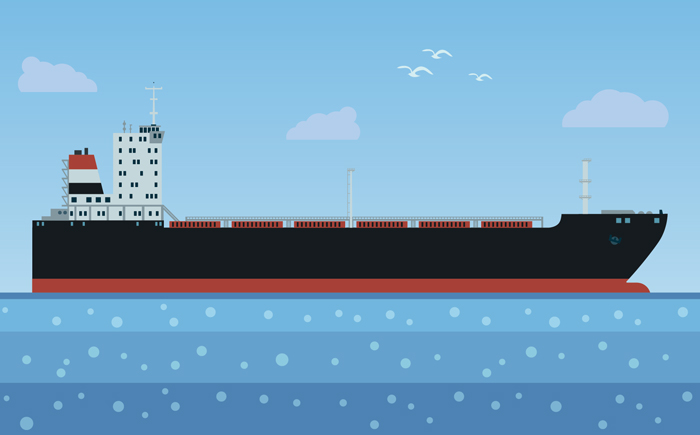
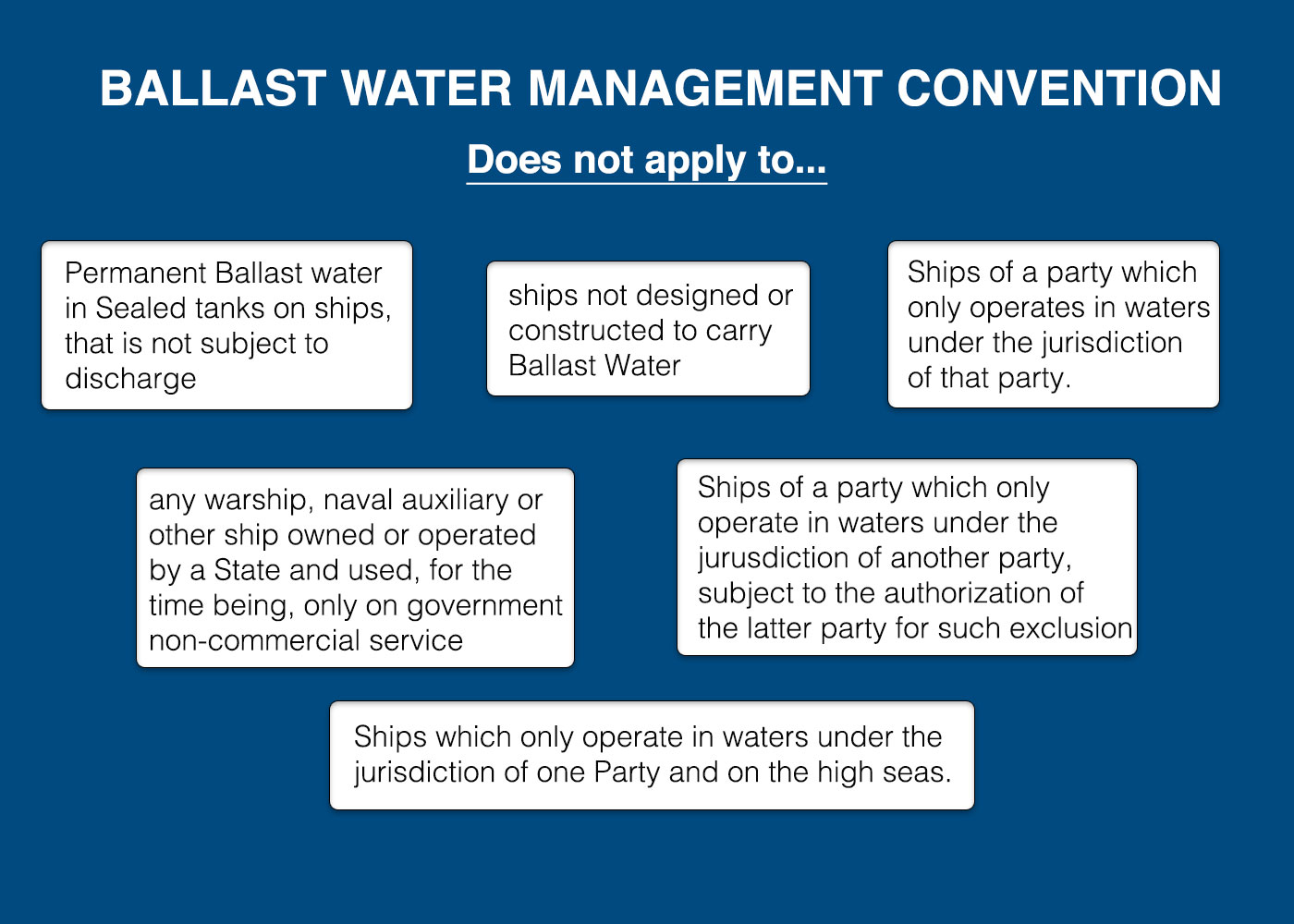
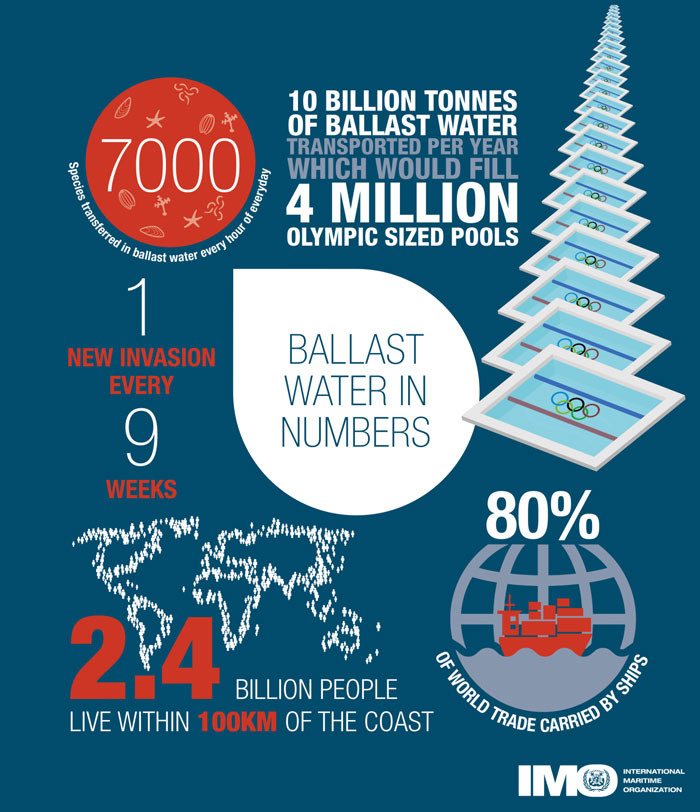
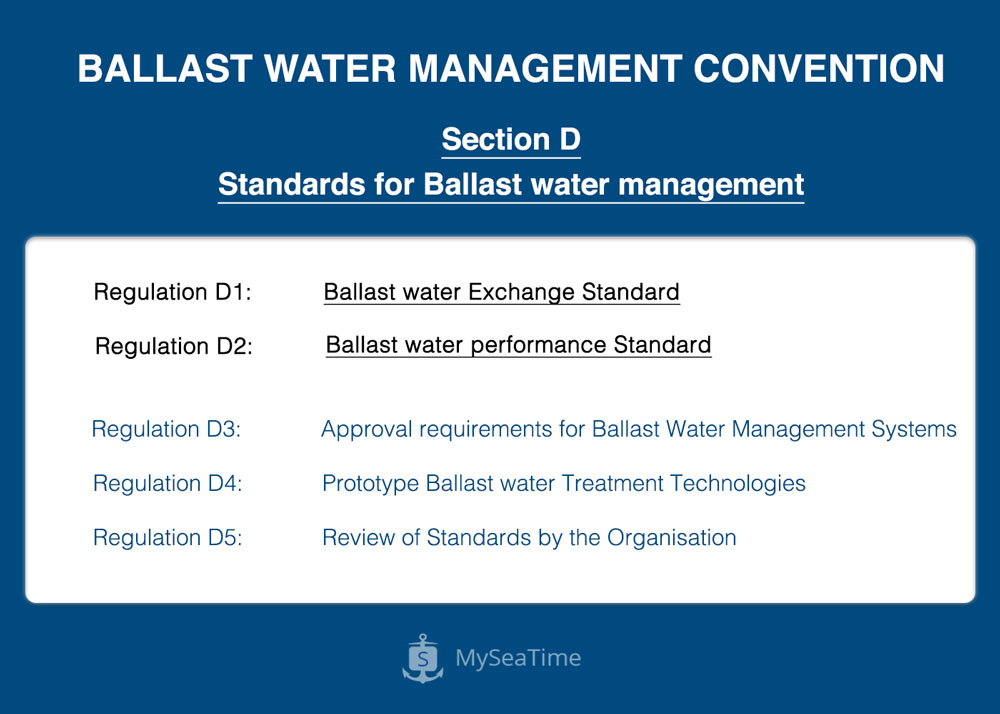
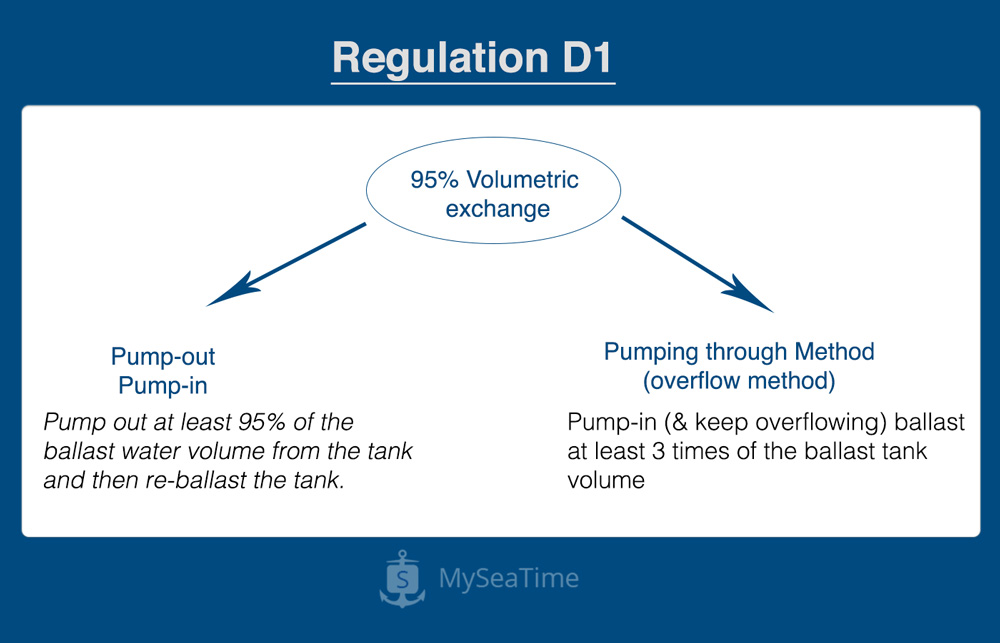
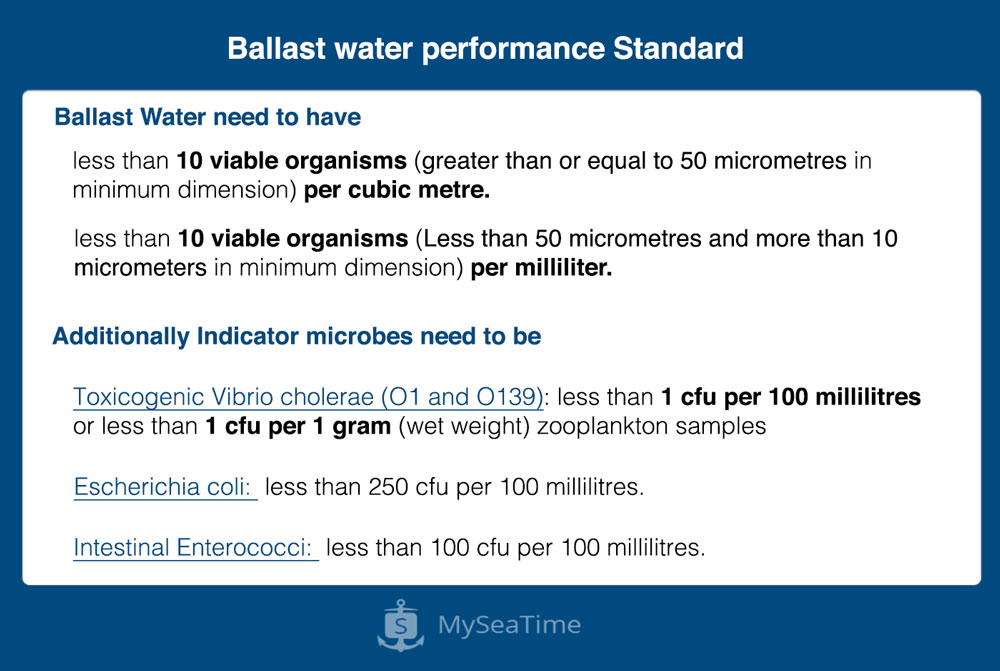
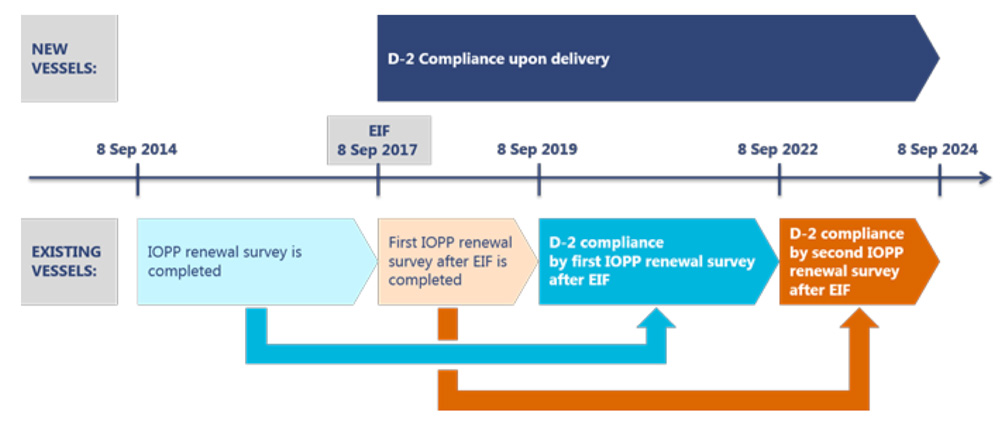
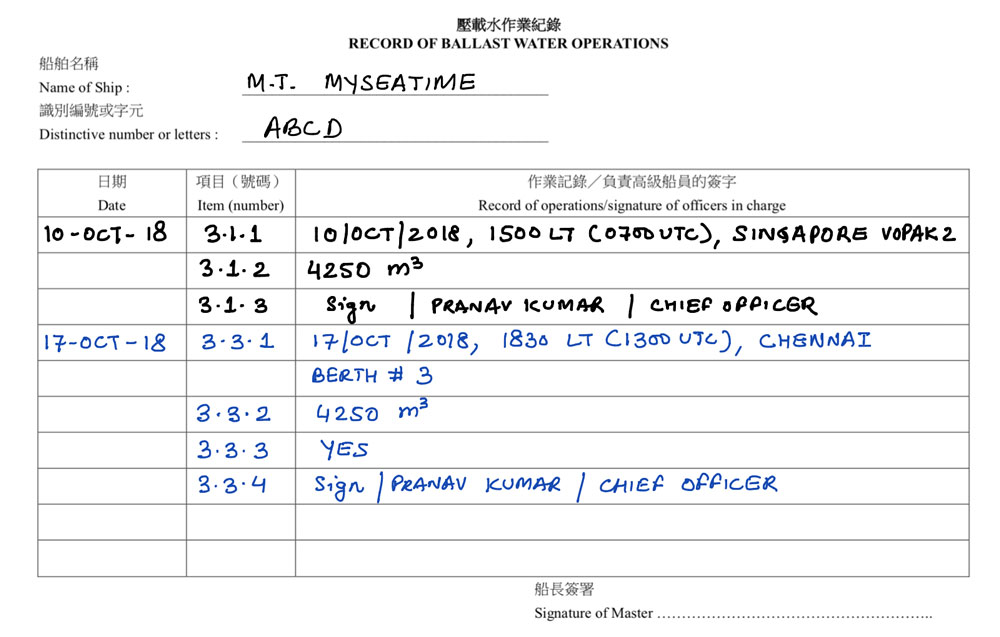
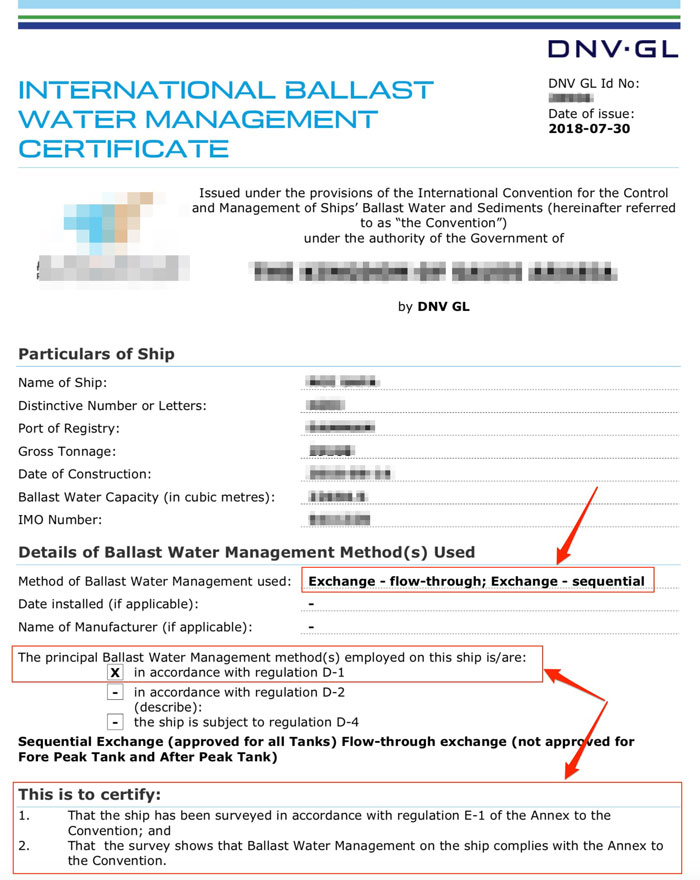
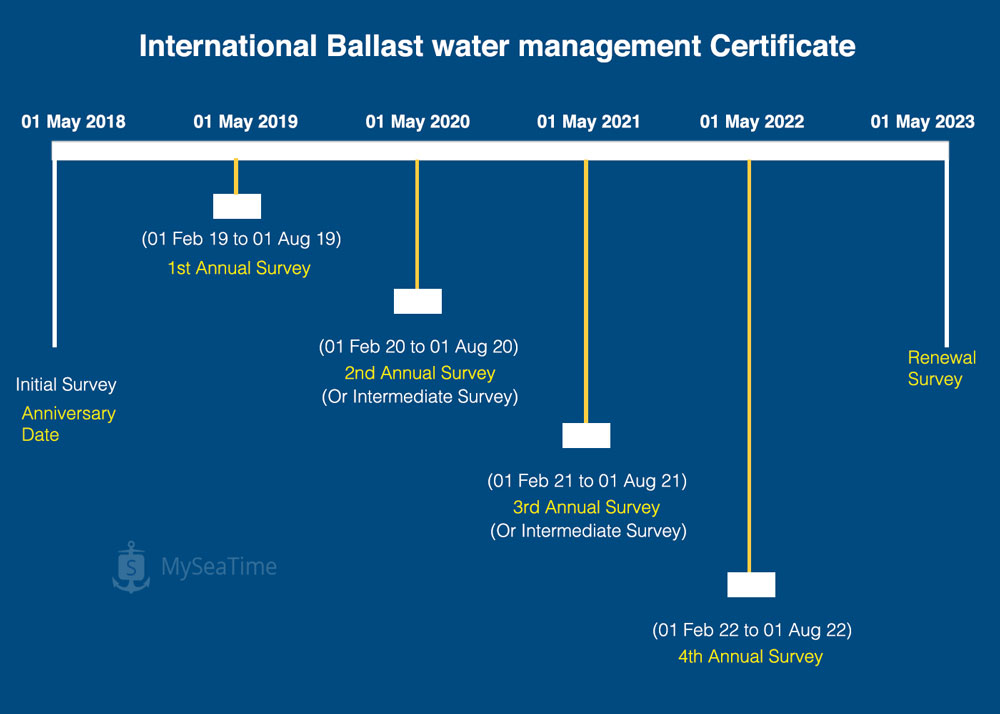
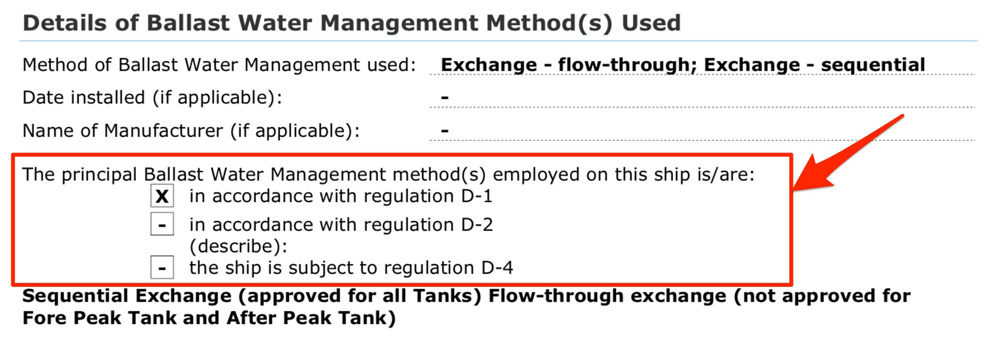
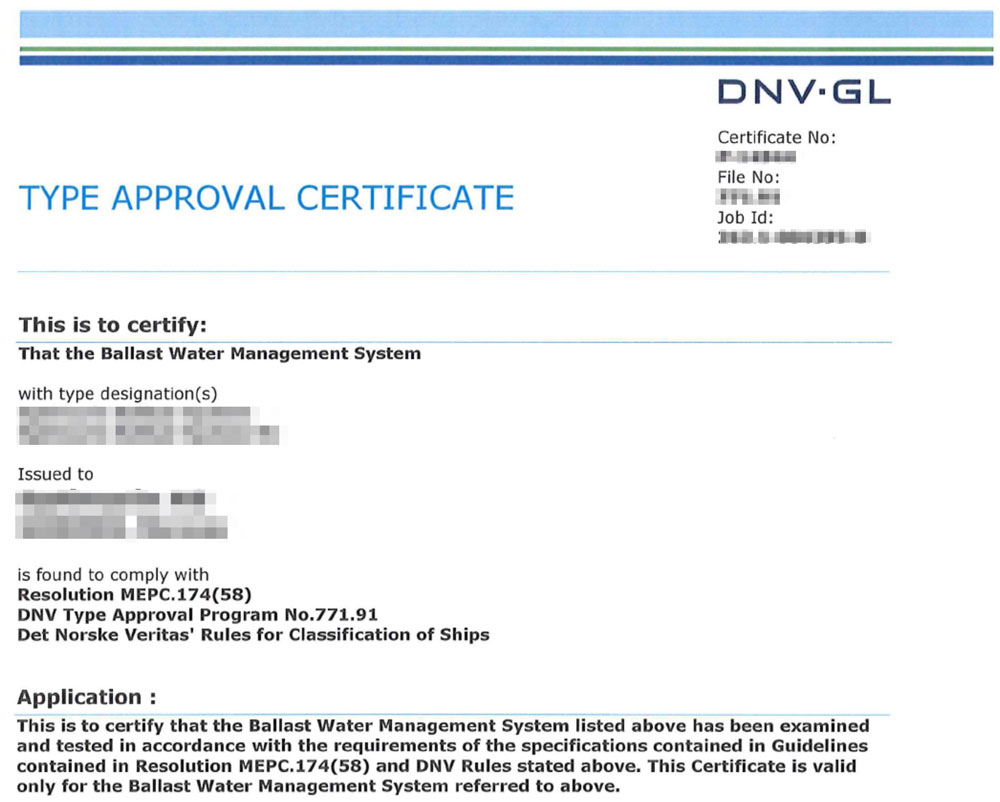
Beautifully explained sir. Do ships started carrying BWM certificate after BWM convention came into force? If I had no BWM plan and no BWM certificate before 8sep2017, would it cause my ship running into troubles with PSCs?
BWM Plan and BWM certificate was only required once BWM convention entered into force.
So if a vessel has an approved D2 system should proceed with ballast exchange or not ? What about OSPAR convention if she comes from open seas .As an example departed from Hazira and bounding to Argentina with D2 what she is going to do?Ballast exchange or not ?
Hi, there are two cases: First Case, if the ship is fitted with an approved BWMT system before the D-2 standard is compulsory for that ship (i.e before the first IOPP renewal survey after 7sep2019), then the ship can do BW exchange (D-1) or BW treatment (D-2), in this case the BWM certificate will show that both methodes are acceptable. Second Case, when the D-2 standard become compulsory for the ship (after the first IOPP renewal survey after 7sep2019), only BWT system is to be used, and the BW certificate will show that this is the only acceptable mean.